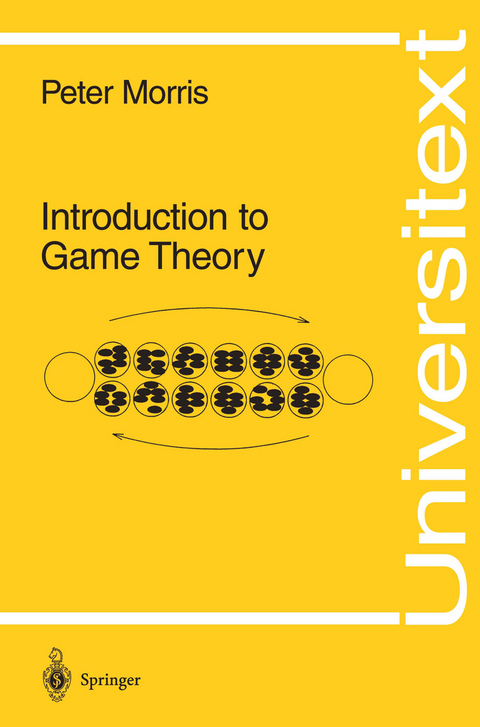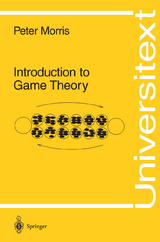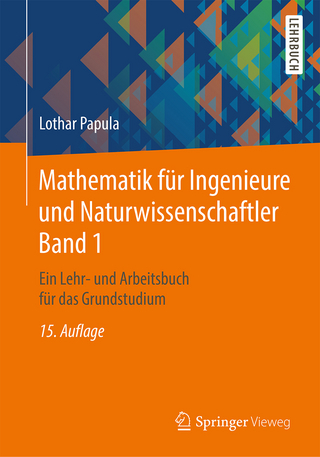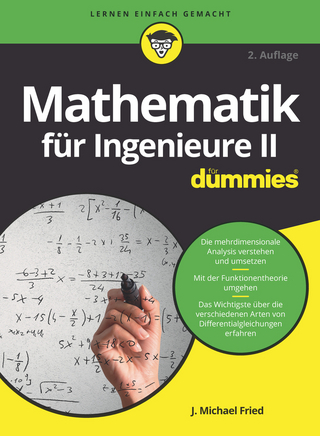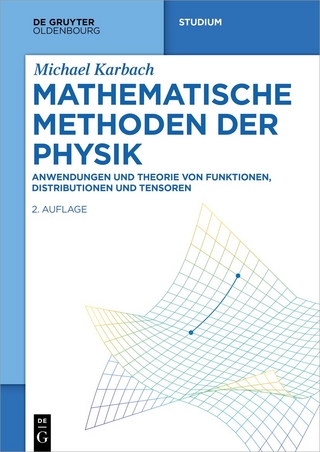Introduction to Game Theory
Springer-Verlag New York Inc.
978-0-387-94284-1 (ISBN)
The mathematical theory of games has as its purpose the analysis of a wide range of competitive situations. These include most of the recreations which people usually call "games" such as chess, poker, bridge, backgam mon, baseball, and so forth, but also contests between companies, military forces, and nations. For the purposes of developing the theory, all these competitive situations are called games. The analysis of games has two goals. First, there is the descriptive goal of understanding why the parties ("players") in competitive situations behave as they do. The second is the more practical goal of being able to advise the players of the game as to the best way to play. The first goal is especially relevant when the game is on a large scale, has many players, and has complicated rules. The economy and international politics are good examples. In the ideal, the pursuit of the second goal would allow us to describe to each player a strategy which guarantees that he or she does as well as possible. As we shall see, this goal is too ambitious. In many games, the phrase "as well as possible" is hard to define. In other games, it can be defined and there is a clear-cut "solution" (that is, best way of playing).
1. Games in Extensive Form.- 1.1. Trees.- 1.2. Game Trees.- 1.3. Choice Functions and Strategies.- 1.4. Games with Chance Moves.- 1.5. Equilibrium N-tuples of Strategies.- 1.6. Normal Forms.- 2. Two-Person Zero-Sum Games.- 2.1. Saddle Points.- 2.2. Mixed Strategies.- 2.3. Small Games.- 2.4. Symmetric Games.- 3. Linear Programming.- 3.1. Primal and Dual Problems.- 3.2. Basic Forms and Pivots.- 3.3. The Simplex Algorithm.- 3.4. Avoiding Cycles and Achieving Feasibility.- 3.5. Duality.- 4. Solving Matrix Games.- 4.1. The Minimax Theorem.- 4.2. Some Examples.- 5. Non-Zero-Sum Games.- 5.1. Noncooperative Games.- 5.2. Solution Concepts for Noncooperative Games.- 5.3. Cooperative Games.- 6. N-Person Cooperative Games.- 6.1. Coalitions.- 6.2. Imputations.- 6.3. Strategic Equivalence.- 6.4. Two Solution Concepts.- 7. Game-Playing Programs.- 7.1. Three Algorithms.- 7.2. Evaluation Functions.- Appendix. Solutions.
| Reihe/Serie | Universitext |
|---|---|
| Zusatzinfo | XXVI, 252 p. |
| Verlagsort | New York, NY |
| Sprache | englisch |
| Maße | 155 x 235 mm |
| Themenwelt | Mathematik / Informatik ► Mathematik ► Angewandte Mathematik |
| Mathematik / Informatik ► Mathematik ► Finanz- / Wirtschaftsmathematik | |
| Mathematik / Informatik ► Mathematik ► Graphentheorie | |
| Mathematik / Informatik ► Mathematik ► Wahrscheinlichkeit / Kombinatorik | |
| ISBN-10 | 0-387-94284-X / 038794284X |
| ISBN-13 | 978-0-387-94284-1 / 9780387942841 |
| Zustand | Neuware |
| Haben Sie eine Frage zum Produkt? |
aus dem Bereich
